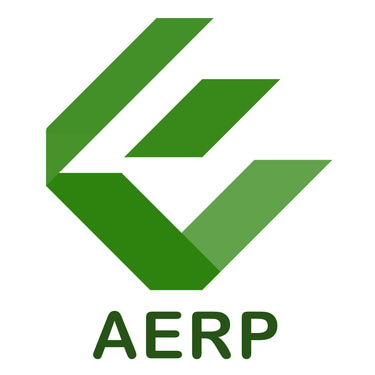
Aerodynamics Engineer
The Aerodynamics Engineer is responsible for aerodynamics development utilizing experimental and Computational Fluid Dynamics (CFD) methods. They utilize analytical methods to develop and predict aerodynamic performance of vehicles from concept to production verification.
Aerodynamic Design: Aerodynamics engineers participate in the design of vehicles, focusing on the shape and configuration of components to minimize drag and optimize lift or downforce, depending on the vehicle's intended purpose.
Computational Fluid Dynamics (CFD) Analysis: They use specialized software to simulate and model the flow of air or gas around vehicles, components, or objects. CFD analysis helps in predicting aerodynamic performance and identifying potential areas for improvement.
Wind Tunnel Testing: Aerodynamics engineers conduct wind tunnel tests to validate CFD predictions and gain further insights into the behavior of the vehicle in controlled airflow conditions.
Flight Testing Support: They may participate in flight testing to evaluate the actual aerodynamic performance of aircraft or drones and compare it with the predicted results.
Stability and Control: Aerodynamics engineers assess the stability and control characteristics of aircraft to ensure they are controllable and safe during various flight conditions.
Aircraft Performance: They contribute to improving aircraft performance, fuel efficiency, and range by optimizing the aerodynamic design to reduce drag and enhance lift.
Aeroacoustics: Some aerodynamics engineers may specialize in aeroacoustics, focusing on the study and reduction of noise generated by airflow around vehicles and components.
Research and Development: They actively participate in research to develop innovative aerodynamic technologies, which could lead to breakthroughs in aviation, automotive, and other industries.
Regulatory Compliance: Ensure that vehicles comply with applicable aerodynamic regulations and standards, particularly in the aerospace industry such as Title 14 of the CFR
keys Roles and Responsibility


Software Skills
ANSYS Fluent - Aeroacoustics
ANSYS Fluent - External Aerodynamics
ANSYS Fluent - Meshing with Watertight Geometry Workflow
Pointwise and GridPro - Advance CFD Meshers
SIEMENS STARCCM+ - Getting Started
OpenFoam - Getting Started
OpenFoam - Intermediate
Nek5000 - Use opensource CFD Coding
Matlab - Dynamic Stability Analysis
Matlab - Wind Tunnel Data Analysis
Introduction to scripting languages - FORTRAN, C/C++, PERL and Python
